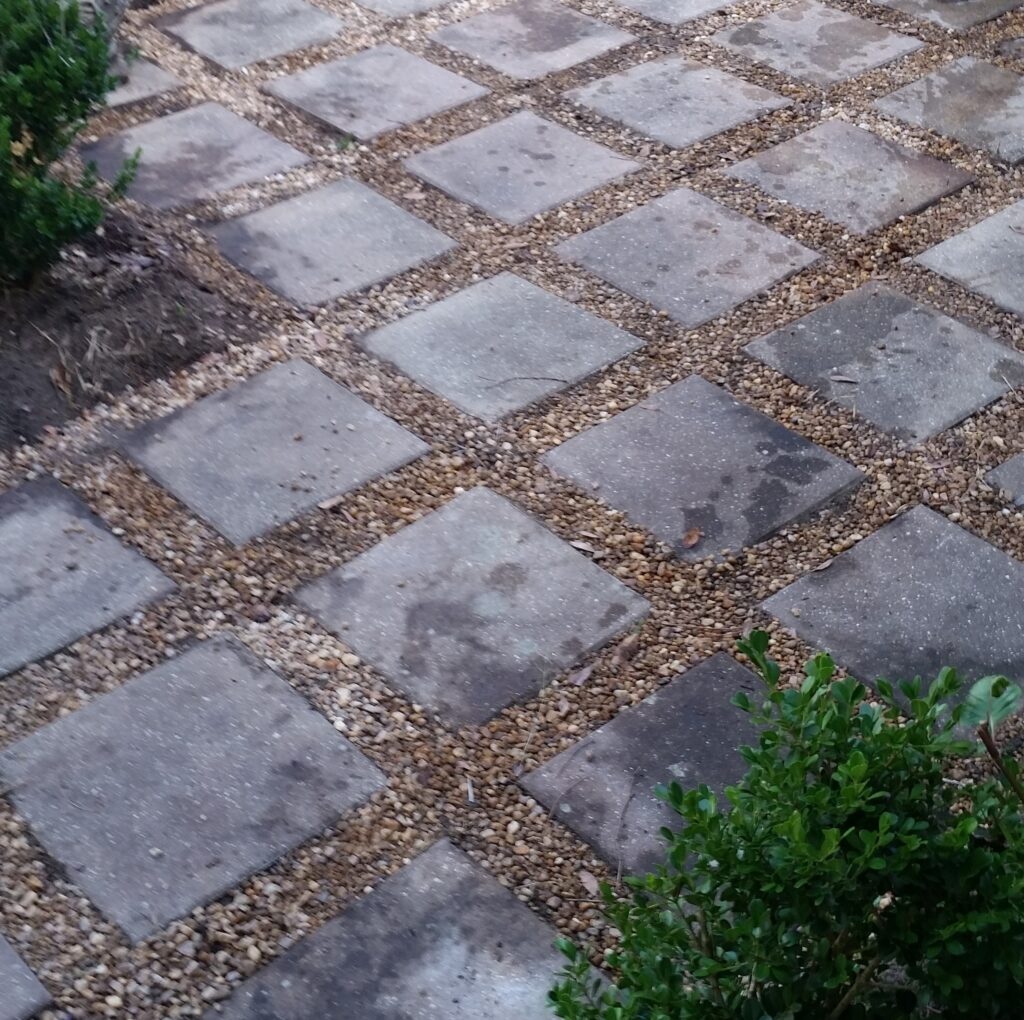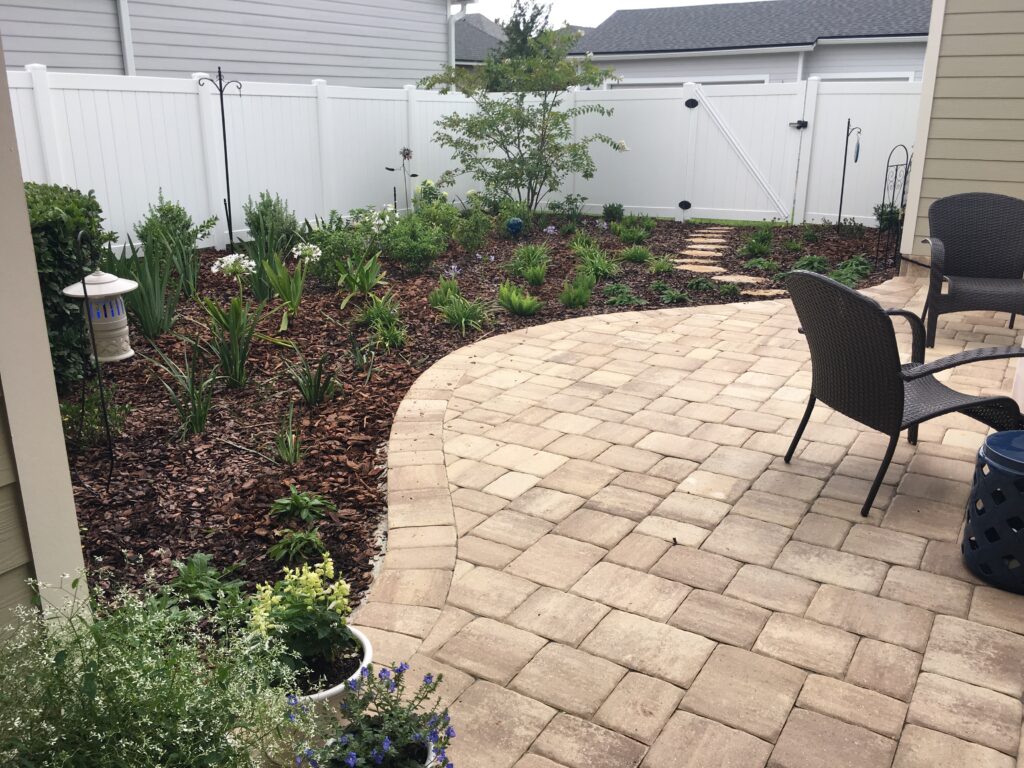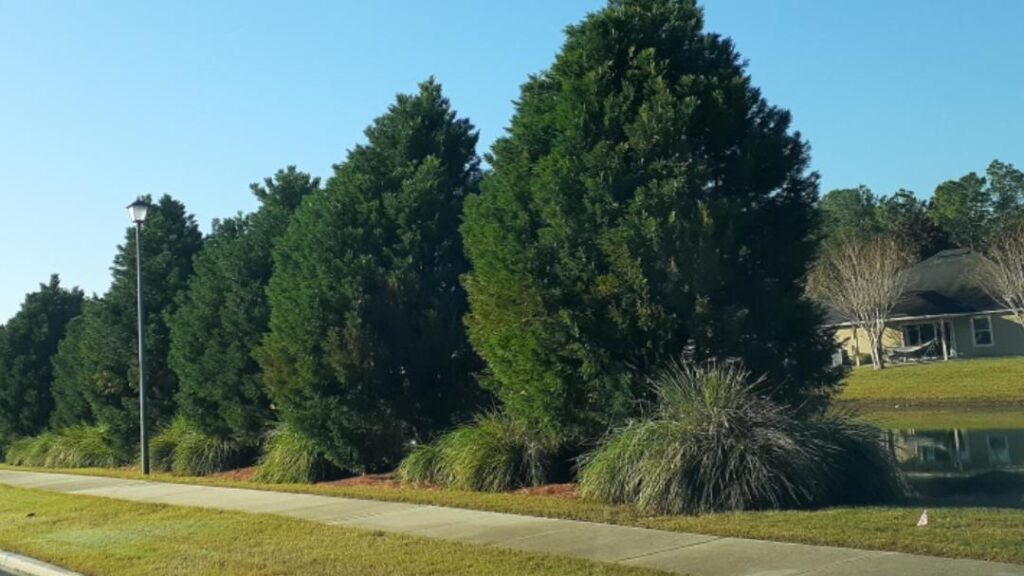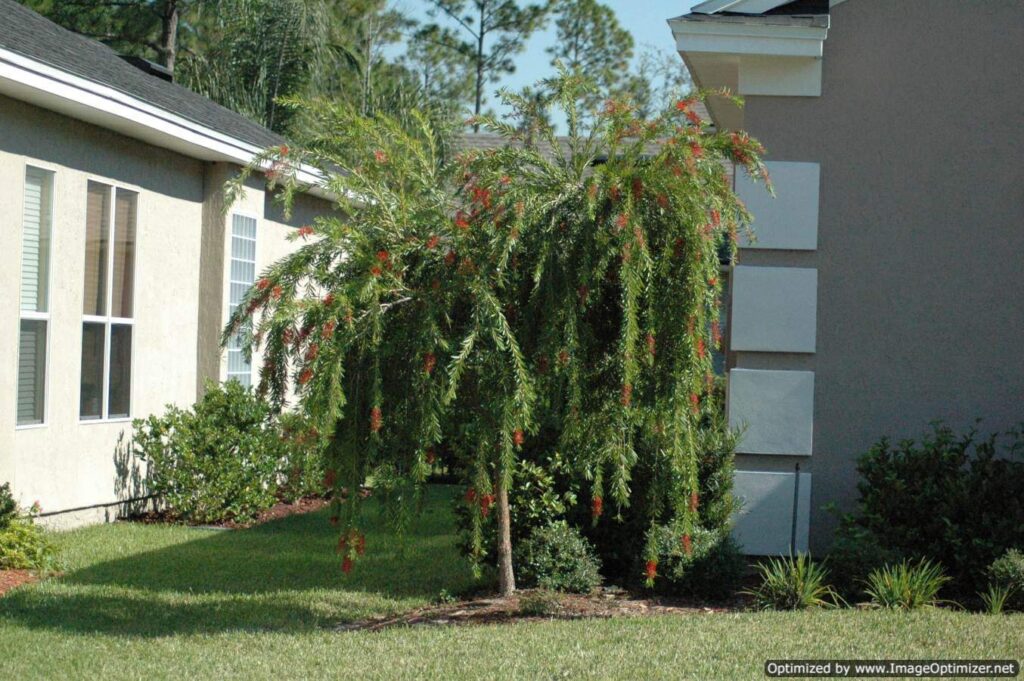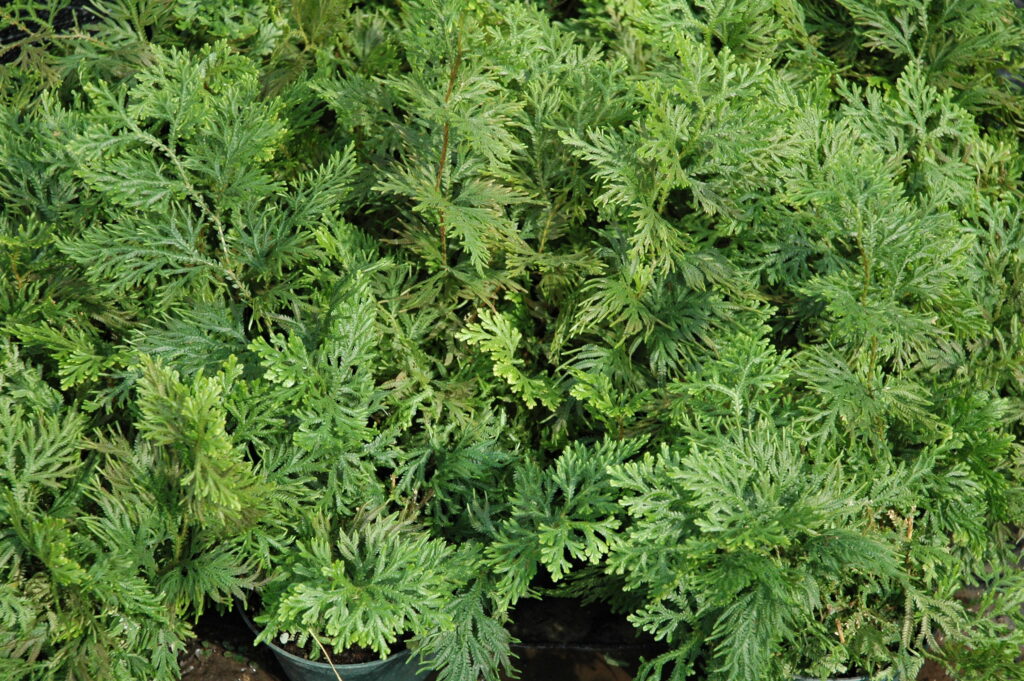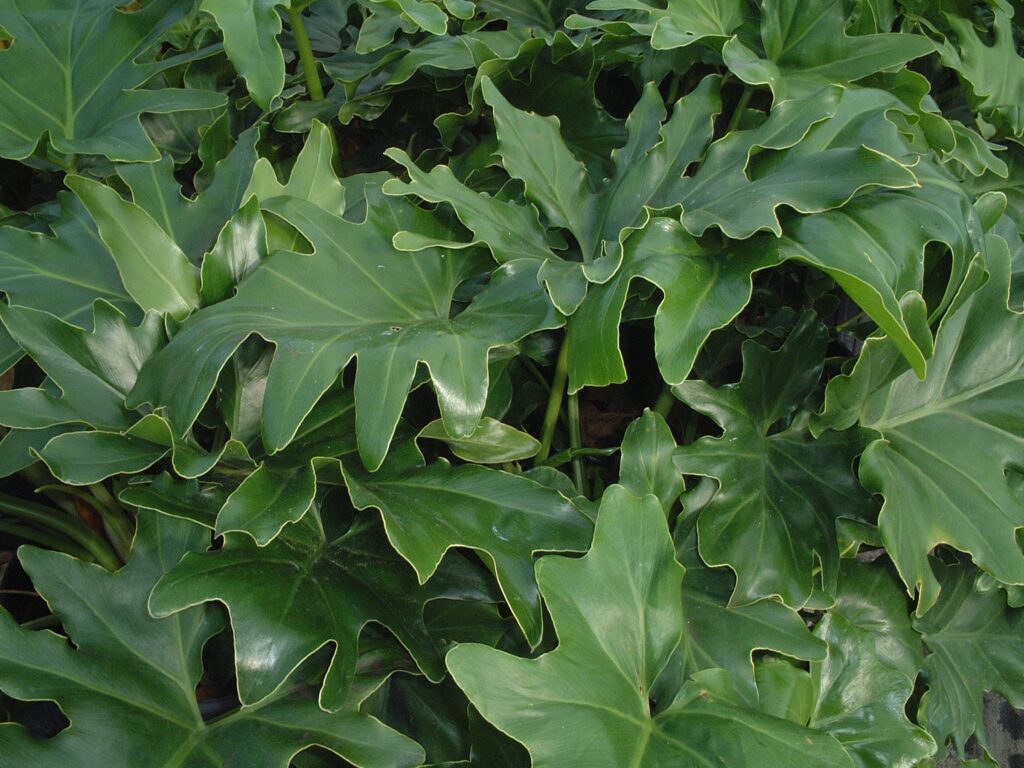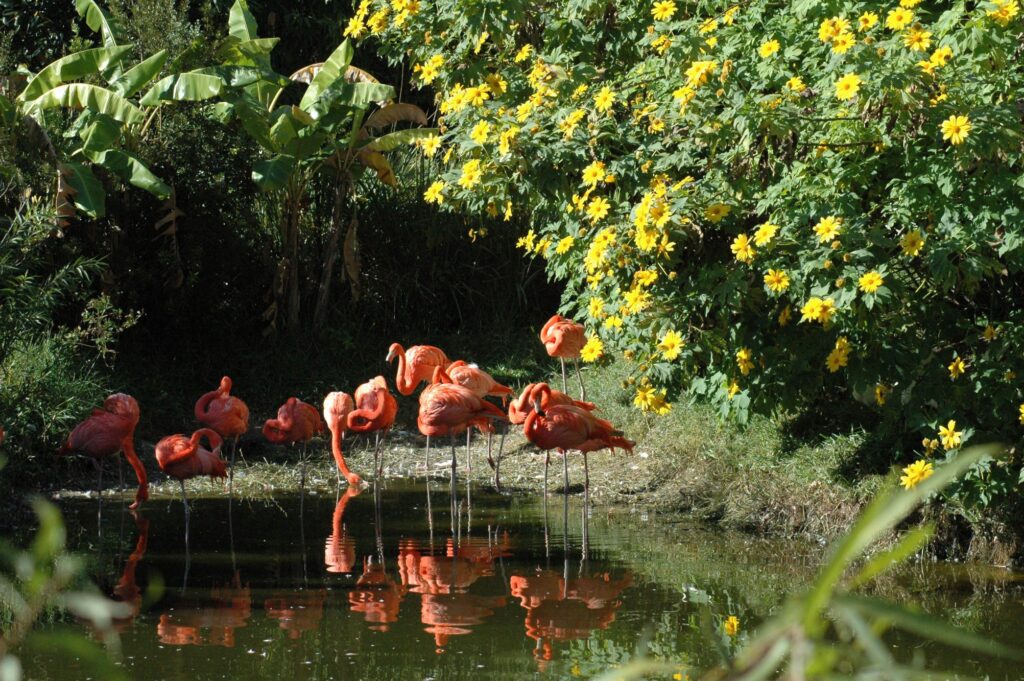Landscape design is a very special kind of art. While it may include clay sculptures and even paintings or murals on the side of a building, for the most part, landscape artistry involves the proper use of growing changing
elements. It has it’s own set of unique challenges the designer must face when he attempts to blend our manmade structures into the nature that surrounds them.
Here is a quick look at how a few of the same elements of art that rule the painters pallet and canvas can help guide the landscape designer’s hand as he or she brings ideas to life in the landscape.
Line as a Landscape Design Element
Lines are a guiding force in the landscape and the backbone that holds all of the other landscape elements in place. Line is what we use to connect the eye, or the people to the landscape that surrounds them.
They can create spaces or ‘rooms’ in the landscape, enlarge an area, and connect spaces and architectural elements together. Line is even used in the landscape to create intentional movement through the space and even to invoke specific feelings in the landscape.
Line as an element of art in the landscape
Form as a Landscape Design Element
Form in the landscape is both the size or scale of an object or area and the line that it creates against the backdrop of the ground and sky. It is the three dimensional area of those lines. It can refer not only to an individual plant or object or the plant grouping, but also to the negative space left between those groupings within the landscape.
The form of the existing structures on a residential site, – the home, sheds, pools, hardscapes, ornaments, and even the planting beds – can determine the overall form being used in the landscape.
If line is the backbone of the landscape, then form would be the muscle or the driving force that pushes the design the way that it needs to go.
Form as an element of Art in the North Florida Landscape
Texture as landscape Design Element
Texture in the landscape as it refers to hardscapes and existing structures can be described as the surface quality of an object that can be seen or felt. The words small, medium, large, fine, smooth, glossy, coarse, natural, rough, and many more may be found describing a texture in the landscape.
Texture in the landscape as it refers to plant material will most often be used to describe the foliage of the plant. The plant as a whole, – the leaf size and sheen, bark, flowers, fruits, – as well as the form of the plant, all affect the overall perceived texture of the plant.
Texture as an element of art in the North Florida Landscape
Color as a Landscape Design Element
Color is what we use to attract attention and ornament a space, change distance perspective, or to evoke specific feelings in the landscape. Color can be found in the landscape on plants’ leaves, mulch selections, the chosen hardscape selections, the surface treatments of manmade structures, but mostly when we think of color we think of the flowers and fruits that a plant may have.
Color, Elements of Art in the Landscape


